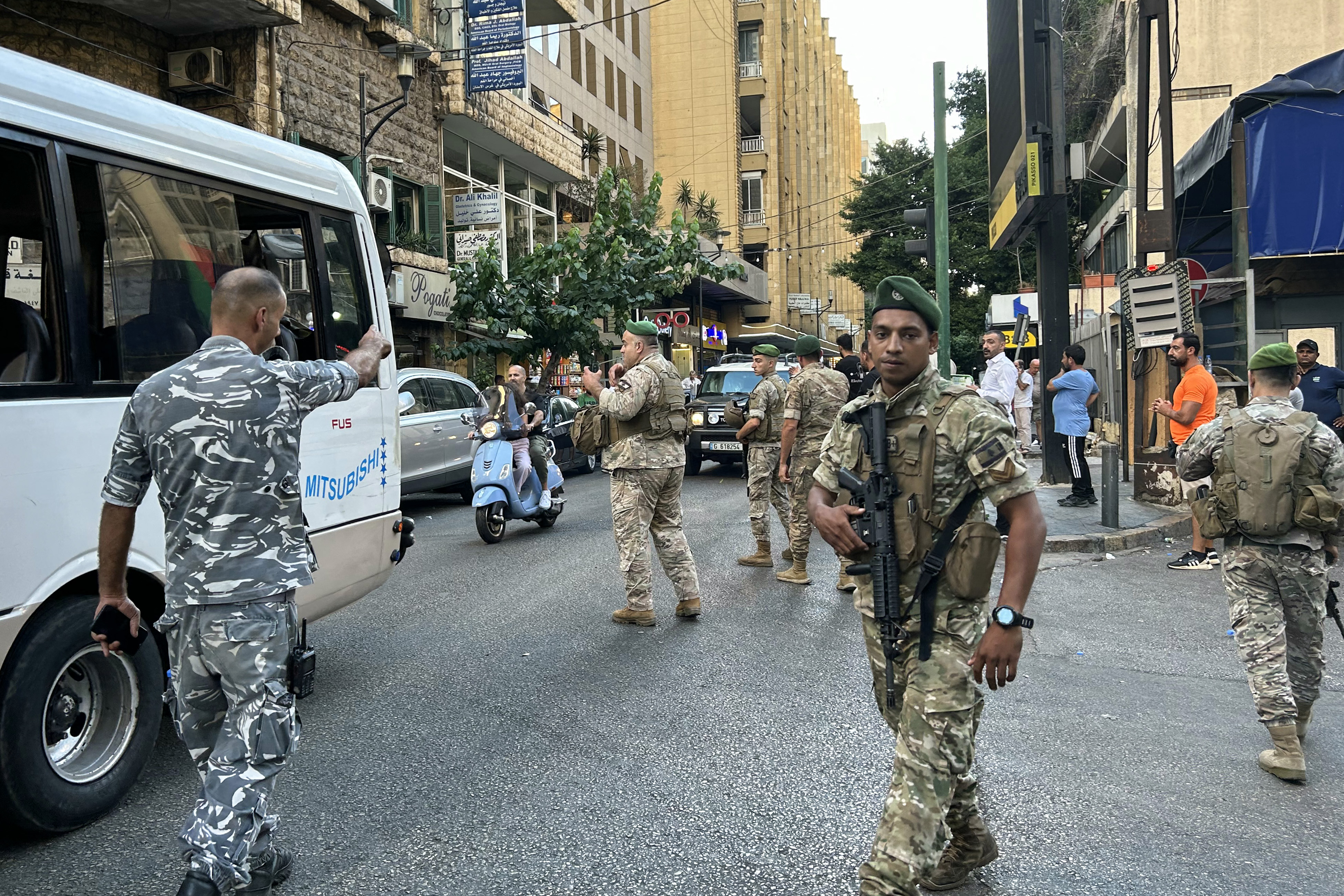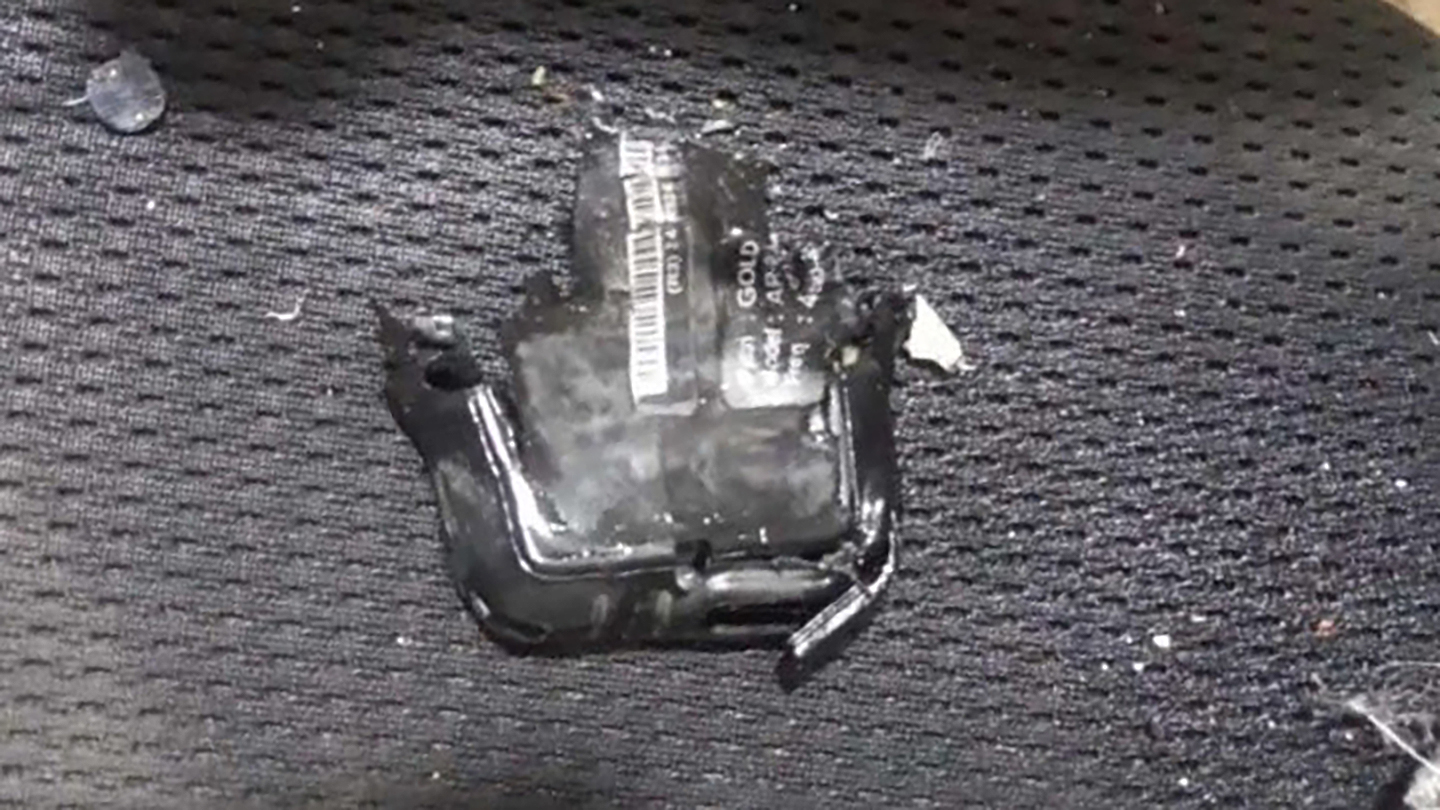In an extraordinary development in the Middle East conflict, thousands of Hezbollah members have been injured and at least three people were killed after pagers that the militants used exploded simultaneously today. While exactly how this occurred remains unclear, it could very well be a monumental cyber attack that could have widespread implications far beyond the conflict between Israel and Hezbollah. Regardless, it should be a wake-up call.
While no one has so far taken responsibility, Hezbollah has blamed Israel for the attack. A source from the group said that they expect the attack may have been launched in response to an alleged assassination attempt by the Lebanese militant group on a former senior Israeli security official. The existence of that plot was only revealed today by Israel’s Shin Bet security agency.
At this stage, the total number of individuals killed or injured by the pager blasts is unclear. Hezbollah has confirmed the deaths of at least three people, including two of its fighters.
At the time of writing, at least nine people have died and approximately 2,800 have been wounded, according to Lebanon’s Minister of Health Firas Abiad. Of the injured, 170 at least are also said to be in critical condition.

Iran’s ambassador to Lebanon, Mojtaba Amani, was among those injured, according to Iran’s semi-official Mehr news agency.
“Amani has a superficial injury and is currently under observation in a hospital,” a source told the Fars new agency, another semi-official outlet.
Multiple videos posted to social media show scenes of chaos on the streets of Beirut, the Lebanese capital, with ambulances responding to the very many wounded, many of whom had sustained injuries, including burns, to their hands and hips. Similar scenes were played out elsewhere in Lebanon, including the southern city of Tyre, and in villages across the Beqaa valley and south Lebanon.
Soon after the explosions, Lebanon’s health ministry called for the mobilization of all healthcare workers and put the country’s hospitals on “maximum alert.”
Other notices were put out to the public, warning them to avoid wireless communication devices, because of the risk of further explosions.

The incidents have led to alarm among Hezbollah, with one official from the group telling Reuters that the pager explosions represented the “biggest security breach” they had faced since the start of the current Gaza war.
Security considerations mean that Hezbollah is responsible for its own discrete communication network and there have been previous concerns that Israel may have managed to penetrate its telecommunications. This speculation, though unconfirmed, has been fueled since October by the assassination of several Hezbollah commanders, with targeting coordinates having been generated for locations that were otherwise considered safe.
Lebanon, and specifically Beirut, has been in Israel’s sights since Hezbollah began a campaign of rocket and drone strikes against Israel almost a year ago, in solidarity with Hamas, after that group launched its surprise invasion on October 7, 2023, starting the current conflict in Gaza.

Tensions between Israel and Hezbollah have increased dramatically in recent months, stoking fears of a large-scale conflict breaking out between them.
One key factor in the standoff is Israel’s stated plan to return tens of thousands of Israelis who had been evacuated from towns along the northern border with Lebanon when Hezbollah stepped up its campaign of rocket attacks. With the return of these evacuees now approved by Israeli officials, there have been suggestions that a major military operation may be about to be launched against the militant group.
As well as the evacuations, the fighting between Israel and Hezbollah has so far resulted in hundreds of deaths, most of them from the Lebanese militant group, as well as Israeli civilians and soldiers.
The prospect of a large-scale offensive against Hezbollah isn’t universally supported by Israeli officials. This has led to reports that Israeli Prime Minister Benjamin Netanyahu could be poised to remove Israeli Minister of Defense Yoav Gallant from his post since he is said to oppose such an operation.
In the meantime, Lebanon deals with the bloody aftermath of today’s pager explosions.
Speculation is already growing as to how Israel might have carried out the campaign.
There have been reports, including from three different security sources, that the targeted pagers were from a recent shipment to arrive in Lebanon. If true, that could suggest that they had some kind of malware implanted in them and an explosive charge. This would have required Israel to intercept and alter or swap out the shipments of these pagers, which would be a complex affair, but not one outside of the realm of feasibility.
Another possibility is that the lithium batteries in the pagers were triggered into an overheating mode, turning them into improvised explosive devices. The potential for commercial lithium batteries to explode is something that we have touched upon in a previous report. In such a way, it may have been possible for Israel to remotely trigger a ‘thermal runaway,’ in which a power source either bursts into flames or explodes. It’s also possible that a combination of the two, insertion of malware or alterations physically to the devices and using cyber warfare to exploit that structured vulnerability at an opportune time could also be at play here.
In a similar manner how the deployment of the Stuxnet malicious software worm — which Israel played a direct role in — against Iran’s nuclear program two decades ago was a revelation that highlighted the new realities of cyber warfare, this event could end up having a similar effect. Turning everyday electronics that include wireless connectivity into improvised explosive devices may seem like dystopian science fiction, but it really isn’t that far-fetched.
Considering everyone reading this likely has just such a device in their pocket or hand, and considering the potential vulnerabilities of hardware created overseas, often by possible future adversaries, as well as the software that controls these devices, the alarm bells couldn’t ring any louder, even if this event proves to be something else. We interact every day with examples of networked technology — from the cars we drive to the computer hardware we use to make a living — that also have power packs with large amounts of stored potential energy. So targeting such devices for nefarious kinetic purposes is darkly logical.
When you think about it in that light, the explosive/incendiary charges are already distributed all over the globe by the billions. The possible ability to connect to and trigger those charges is, at least in theory, already built in. Now targeting the right devices and making them actually ignite is another thing, but for some devices, that could be more of a software challenge above anything else. Being able to remotely target individuals via their unique device, which has their electronic fingerprint attached to it, is also an unprecedented concept to comprehend.
A potential kinetic attack opportunity like this has never existed in human history and even an adversary just lighting as many batteries on fire in a target country could cause massive and widespread damage and a near halt to productivity. This is just one of myriad potential cyber attack vectors that could cripple an entire society.
On the other hand, if Israel meddled with the pager hardware directly and this wasn’t just a pure cyber operation, that also points to the potential vulnerabilities in hardware supply channels, which have already been a constant issue of contention.
This is a developing story and we will bring more details as they emerge.
Contact the author: thomas@thewarzone.com and tyler@twz.com
